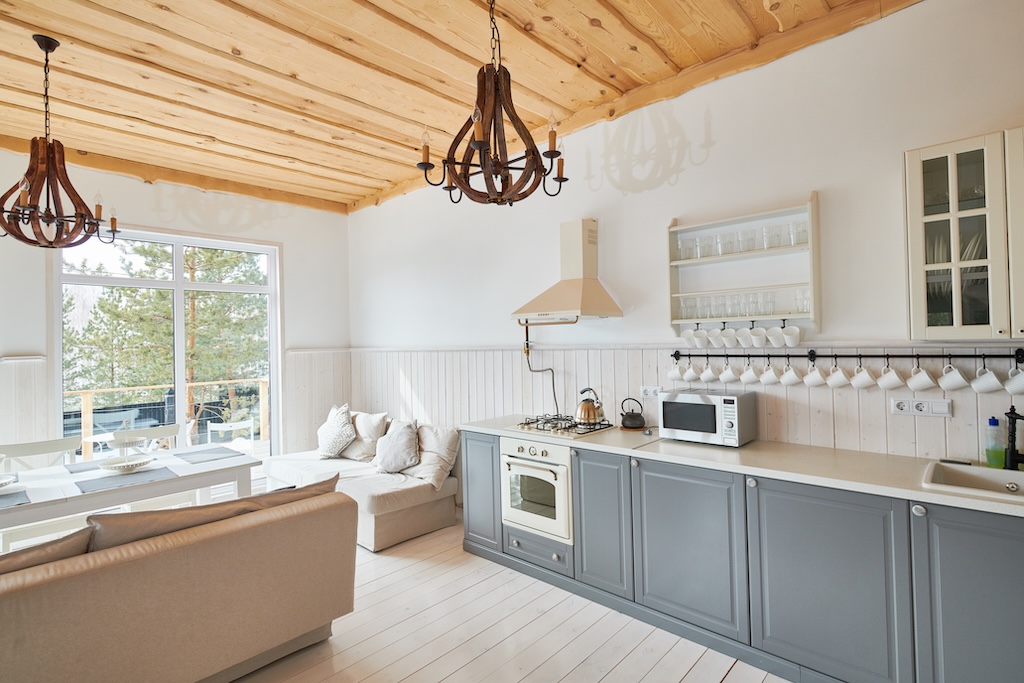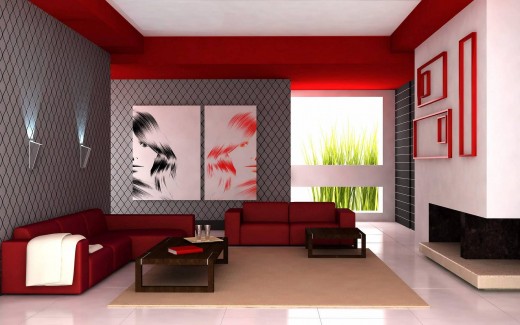Lakewood Interior Painting: Expert Services to Refresh Your Home’s Style
Wiki Article
Enhance Your Interior Decoration With Comprehensive Shade Appointment
The combination of color consultation into interior style offers an one-of-a-kind chance to improve and boost the emotional and aesthetic resonance of a space. By engaging with a skilled shade professional, you can navigate the intricacies of shade option, ensuring that your selections not only complement building functions but also reverberate with individual design and emotional effect. This tactical collaboration can significantly affect the general atmosphere of your environment, cultivating a sense of consistency and function. Comprehending the nuances of this procedure is crucial-- what essential facets should be thought about to achieve optimal outcomes?Advantages of Shade Assessment

Furthermore, shade assessment help in maximizing natural light and maximizing spatial assumption. Lighter tones can make a room show up even more large, while darker shades produce an intimate setup. Cleveland Metro Painting Specialists. This calculated application of color can dramatically influence the overall setting of any kind of indoor room
Furthermore, specialist specialists possess a detailed understanding of current patterns and timeless standards, ensuring that the chosen shades will continue to be attractive gradually. This foresight can save clients from costly redesigns in the future. Shade examination equips customers by supplying them with a clear vision and instructions, promoting self-confidence in their design selections and eventually leading to an extra rewarding and effective indoor layout result.
Understanding Color Psychology
The value of color psychology in interior layout can not be overemphasized, as it digs right into the emotional and emotional effects that different tones can stimulate in people. Colors can influence state of mind, actions, and even productivity, making them an important factor to consider in any type of style job.For instance, cozy colors such as red, orange, and yellow are frequently linked with energy and warmth. They can promote feelings of enjoyment and comfort, making them appropriate for social areas like living cooking areas or rooms. On the other hand, amazing colors like blue, eco-friendly, and purple often tend to stimulate peace and serenity, making them suitable for rooms or reflection areas.
Additionally, the use of neutral tones can produce a well balanced setting by permitting the bolder colors to attract attention without frustrating the senses. Recognizing these psychological influences makes it possible for designers to create spaces that not only look visually pleasing but also promote psychological wellness.
Incorporating shade psychology right into interior decoration involves a thoughtful choice of hues customized to the designated feature of each area, inevitably improving the general experience for its residents. This understanding is essential for accomplishing a useful and harmonious indoor atmosphere.
The Color Wheel Described
Recognizing the relationships in between colors is important for efficient interior decoration, and the shade wheel acts as a valuable device in this procedure. The color wheel, established by Isaac Newton in the 17th century, highlights the range of shades arranged in see this here a circular layout. It comprises primaries-- red, blue, and yellow-- that can not be produced by blending other colors. Secondary colors, created by integrating primaries, include environment-friendly, orange, and purple. Tertiary colors result from mixing a primary and a secondary color, leading to tones such as blue and red-orange.The shade wheel assists designers grasp the partnerships between colors, consisting of corresponding, similar, and triadic plans. Corresponding colors, located opposite each other on the wheel, create dynamic contrasts that can energize a room. Similar shades, located beside one an additional, supply a harmonious and natural look. Triadic schemes use 3 uniformly spaced shades, providing equilibrium and visual interest.
Making use of the color wheel in interior decoration not only boosts visual charm but additionally evokes certain feelings and ambiences, making it an essential recommendation for shade appointment. Comprehending these relationships eventually equips developers to create areas that are both aesthetically exciting and functional.
Choosing the Right Scheme
Frequently, selecting the appropriate combination is a crucial consider achieving an effective interior decoration job. A well-chosen color system can link a space, improve its features, and evoke preferred feelings. To start, consider the function of the room. Different spaces offer varied functions and need combinations that mirror their designated usage; as an example, peaceful shades such as soft blues or environment-friendlies work well in bedrooms, promoting relaxation.Next, think about the all-natural light available. Light can dramatically change just how shades appear, so it is vital to examine the area at different times of the day. Additionally, think about existing building aspects and home furnishings. A harmonious combination ought to complement these functions, creating a natural look throughout the area.
When selecting shades, make use of the 60-30-10 rule, which recommends that 60% of the space ought to be a leading color, 30% a secondary shade, and 10% an accent shade. This ratio makes certain balance and aesthetic rate of interest (Cleveland Metro Painting Specialists). Lastly, sample shades on the wall surfaces prior to dedicating, as this enables you to see exactly how the tones engage with each other and the overall setting they develop in your indoor layout Read Full Report task.
Working With a Shade Specialist

When collaborating with a shade specialist, the procedure usually begins with an initial examination. Throughout this conference, you'll review your vision, preferences, and the existing aspects in your room. The consultant will evaluate your demands and might suggest certain shade combinations that line up with your goals.
After establishing an instructions, the expert will certainly supply examples and visual aids to assist you envision the suggested shade systems. This step is vital, as shades can appear differently under varying lighting problems.
In addition, a color expert can lead you in picking corresponding home furnishings, art work, and devices to balance with your selected combination. By collaborating very closely, you can attain a refined visual that raises your interiors and creates an inviting environment. Ultimately, the experience these details of a color specialist can significantly improve the general influence of your design project.
Final Thought
In summary, comprehensive shade appointment offers as an essential device for boosting indoor design. By leveraging expert understanding of color psychology and spatial dynamics, a customized color palette can be established to evoke details emotions and develop an unified atmosphere.By engaging with a skilled color expert, you can navigate the intricacies of shade selection, making sure that your options not just complement architectural features but likewise resonate with individual design and psychological effect. It makes up key colors-- red, blue, and yellow-- that can not be created by blending various other colors.The color wheel aids designers comprehend the connections in between shades, including complementary, similar, and triadic plans.When choosing colors, make use of the 60-30-10 policy, which recommends that 60% of the area need to be a dominant color, 30% a secondary shade, and 10% an accent shade. By leveraging professional understanding of color psychology and spatial dynamics, a tailored color scheme can be developed to stimulate particular feelings and create an unified atmosphere.
Report this wiki page